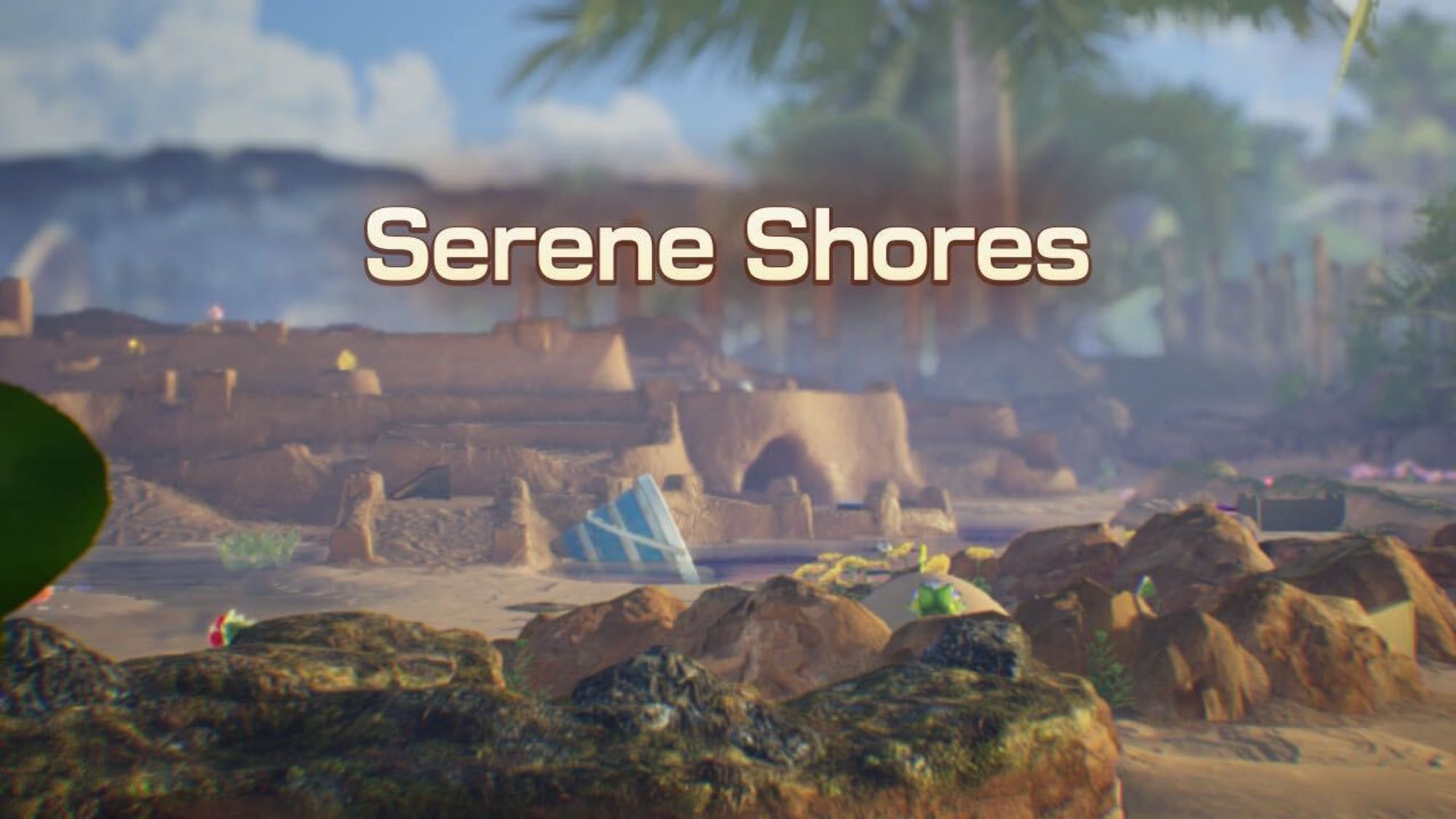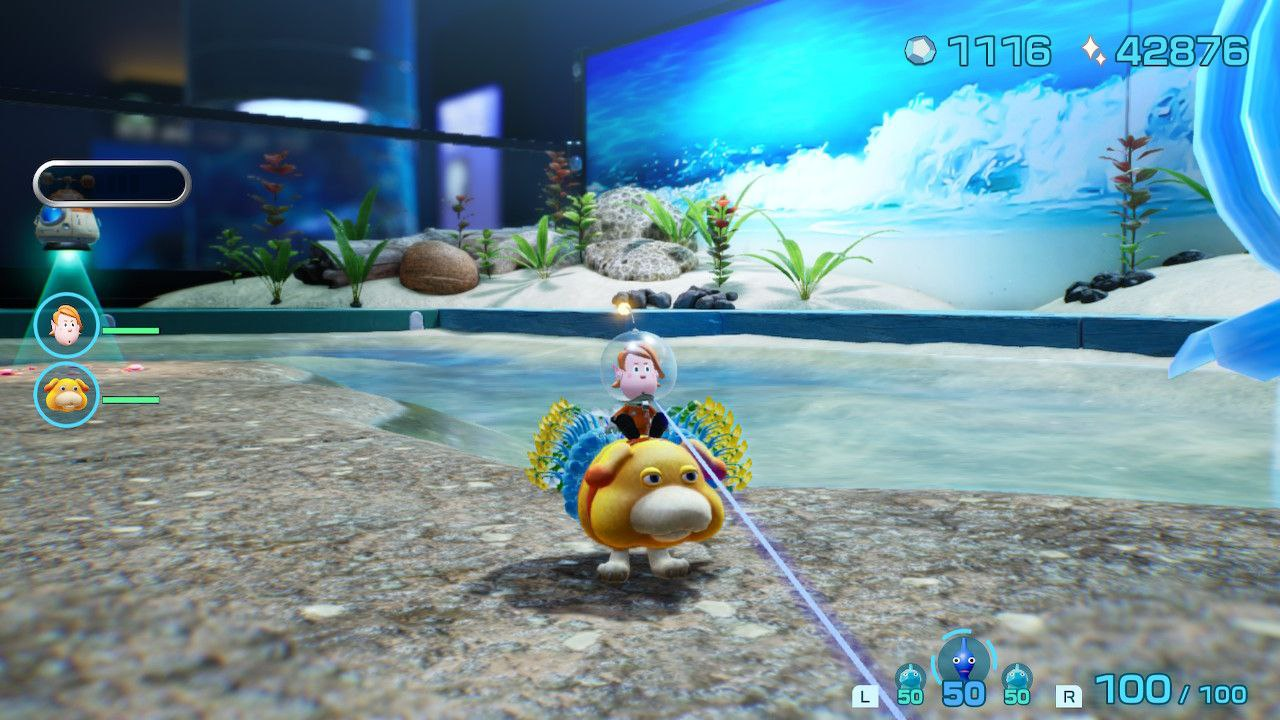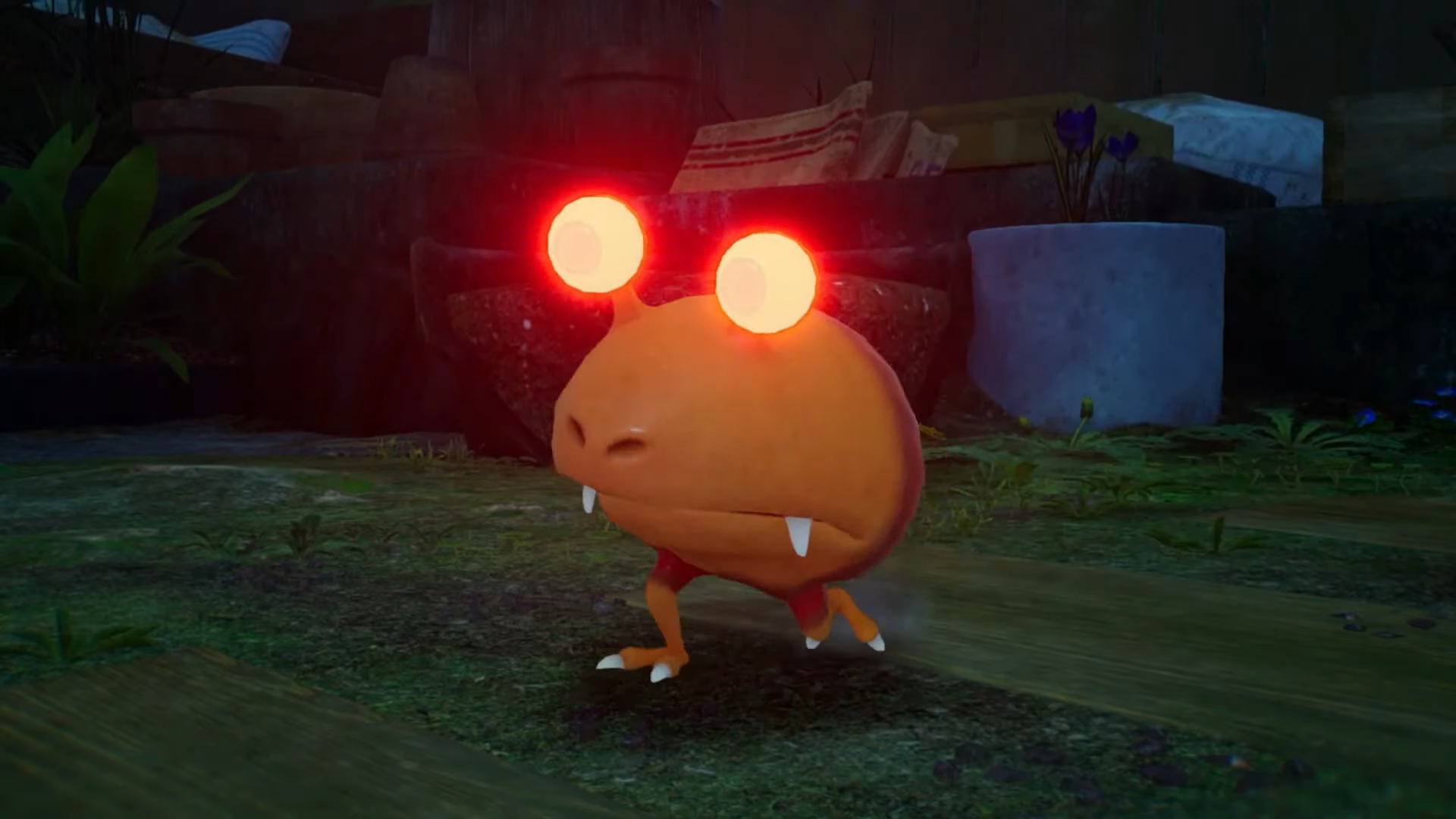Pikmin 4: A Blooming Good Time
A thorough review of the newest entry in the Pikmin franchise from a veteran Pikmin lover

To say that Pikmin is an important franchise to me would be an understatement. Ever since being introduced to the game nearly 15 years ago, I have played and replayed each game time after time and year after year. I distinctly remember that fateful Eurogamer review in which it was reported that Pikmin 4 was "close to completion in 2015," and how excited I felt to hear that another Pikmin game would be coming so soon after 3. Little did I know that it'd be another 8 years until we got to play it and a whole decade on from the previous entry.
With a wait as long as that, my hopes for Pikmin 4 were sky-high as we gradually approached release day - and that leads to a level of anxiety. Games like Bayonetta 3, Kingdom Hearts 3, and Shenmue 3 (lots of 3s here) have all served as cautionary tales that illustrate that an extended period of waiting won't always translate to a landmark game in their respective series. Each of these games is seen as a disappointment in some way by their fanbases and these experiences had me worried about getting my hopes up for Pikmin 4. The idea of being disappointed by my own expectations was one that stewed in the back of my mind for weeks before launch.

So after finishing the game, I'm beyond glad to say that Pikmin 4 went above and beyond in almost every conceivable way to make a game that serves both as a love letter to the dedicated fans as well as an open invitation to new players to jump into their first Pikmin experience and see what the buzz is all about. Speaking from the perspective of a veteran, Pikmin 4 does everything it needs to do to put the franchise on the map, and the team behind the game should be applauded for making a game that goes the extra mile to really draw people in.
Nintendo is very clearly interested in elevating Pikmin as a franchise to higher public awareness. The very successful release of the Pikmin 1 + 2 bundle earlier in June set Pikmin 4 up to be a big sales success and draw a lot of attention to the series. But these sales are ultimately fruitless if the game itself isn't up to the standards of those who have waited.
Pikmin 4 combines elements from every previous main entry and introduces a significant number of new ideas that help this entry to stand out on its own. Maintaining the general structure of Pikmin 2, the ease of access of Pikmin 3, and the more open-ended exploration of Pikmin 1 leads to a player-driven experience unlike any other, that offers as much in breadth as it does depth (literally and metaphorically speaking).

Premise and Setting
The premise of the game is simple enough: you play as a custom character trying to rescue Captain Olimar from the planet and save any other castaways you find. There are some twists and turns along the way that serve as a great excuse to explore every nook and cranny of these newly open and densely designed areas.
Compared to previous entries, the general level design feels far more grounded in human architecture rather than a pure focus on natural environments. This shift was a fascinating one to see unfold and greatly helps with establishing a strong sense of scale in the world as a whole. Pikmin has never shied away from making use of human items as so-called "treasure," but this is the first game where we see truly human elements populating the world as we explore.
With a movable camera, players are able to look into the distance and see houses, children's slides, and all sorts of human objects that create a strong sense of scale and setting that previous games had been unable to do. Each area opens with a sweeping panorama of where you'll be exploring - it's clear that Nintendo is proud of how this game looks. From the areas to the treasures you will find, this ranks among the best-looking Switch games, without a doubt.

This extends to some of the hazards that you come across throughout your journey, with simple things like sprinklers being transformed into obstacles to work around before you can get to work. These obstacles help to contribute to a world that feels as if it's been lived in and abandoned, far more effectively than previous titles.
These areas invite open-ended exploration that feels far more in line with the areas introduced in Pikmin 1, with few if any artificial roadblocks to force you to come back at a later time. Exploring each of the huge main areas was a delight from beginning to end, with each offering something unique.
Returning from Pikmin 2 are the ever-controversial caves - these challenge players with several floors of more enclosed environments that generally task players with defeating enemies and collecting various treasures. In Pikmin 2, these were somewhat procedurally generated and tended to not have cohesive themes because of that. This led to a feeling of tedium and stagnation that threw a lot of players off if they didn't already enjoy the core gameplay.
Pikmin 4 takes the idea of caves and goes significantly further, with each cave having a bespoke layout that feels intricately designed to be a particular experience. These dedicated designs lead to the developers implementing some actual environmental puzzle solving and some challenging scenarios that have been crafted to push players, rather than the random chaos that defines Pikmin 2 for many. This and the generally shorter and easier caves mean that they feel far less intrusive than previously. There is a great split between the open-ended overworld exploration and the focused challenges of the caves that underpin the entire game.
Pikmin Choice and Otachi

Contrasting Pikmin 3, this game makes use of every single Pikmin type across every game so far, while introducing some new types to make this the most balanced entry in the franchise thus far. Each Pikmin game prior tended to have only situational uses for certain types, but this game felt far more open with how you could use Pikmin, while also offering helpful recommendations for what an upcoming area might task you with using, which was always a helpful tool to refer too, and not one you always have to listen to.
This is not to undermine the big addition to the Pikmin formula that has been introduced in this game - dogs. Space dogs to be precise. Oatchi is your companion throughout the entire game and is the equivalent of a Swiss army knife - he can be used for almost anything. You can ride him, use him to carry objects, or send him off as a second captain to command another squad of Pikmin. There's not much he can't do!
Yet despite this risk of ruining the game balance, the game feels acutely designed around Oatchi being a tool that you can use in any scenario and because of that, I loved his inclusion and the extra dimensions that he added to the level design of Pikmin 4.

Similarly, Nintendo's decision to limit the amount of Pikmin you can have out at any one time was a decision that also caused some concern before release. Not being able to have all 8 types of Pikmin out at once and being limited to only 3 types was a concern for how the game would function, but Nintendo have knowingly designed the game to work around this limit and I find it never came to annoy me. The prospect of commanding around a group of 8 different Pikmin types sounds overwhelming by itself and so this middle ground feels great. Every type of Pikmin is given space to come into its own and feel useful, something that not many other games in the series can boast.
Gameplay and Difficulty
The core gameplay loop is supplemented by more intense challenges, with Dandori Challenges, Dandori Battles, and Nighttime Expeditions as the main supporting modes to the main campaign. Each of these offers a different flavour of the core gameplay that put you into higher-intensity scenarios that reward smart play and planning. The word "dandori" is a Japanese word that loosely translates to the idea of planning and strategically completing tasks - a concept that lies at the very core of Pikmin as a franchise. These "dandori" levels put you into small levels that challenge you to gather all of the items in a set period with a set selection of Pikmin.
These challenge levels offer opportunities for some higher-difficulty gameplay that Pikmin veterans may appreciate in light of the generally breezy main narrative. Night-time expeditions similarly inject a surprisingly intense element of tower defence into the formula of Pikmin that can act as a fun change-of-pace as I needed a break from the dungeon crawling. Luckily, these more intense modes are clearly optional for the most part and encourage experimentation.

Pikmin 4 is full of content well beyond the credits and is a game that encourages you to experience every challenge it has to offer. Those challenges are there for people who want to seek them, and the game offers plenty of tools to help you along your way to becoming a certified Dandori master. There are also some wonderful surprises for those who have played the original trilogy that I would absolutely hate to spoil here.
Concerns and Annoyances
Unfortunately, the cooperative offerings have been pared down when compared to previous entries, with co-op in the main campaign being restricted to a Mario Galaxy-esque assist mode where a second player controls a cursor to help the main player. For older players sharing the game with inexperienced friends, this is a low-stakes way of letting people get involved without the pressure of commanding an army. Despite this, a proper two-player mode would have been great. These actual two-player battles are left to the "Dandori Battle" mode, where two players go against one another in a competitive environment.
Another small annoyance that rears up every now and then is the use of auto-targeting to lock onto enemies. This is a great addition for new players who might not be confident in attacking enemies but can occasionally be fiddly to work around. Each of these small blemishes is in service of Pikmin 4 being the ideal place for newcomers to begin their journey - and thus I can only feel so frustrated at them, and it ultimately does nothing to damage my experience with the game on the whole. Perhaps a toggle? Or some difficulty modes like in Pikmin 3 Deluxe?
Conclusions
Speaking from someone who has waited over a decade to finally play the follow-up to my favourite Wii U game of all time, Pikmin 4 was worth the wait and even more. This is a fully-featured title from Nintendo that absolutely deserves to be looked at by every person. If you ever wondered who Olimar was in Smash Bros. you owe it to yourself to take a look at this game, so try the free demo! You'll get a brief taste of the wonderful journey ahead of you on this familiar planet. Packed into this game is a wonderful experience that oozes personality from every corner.
And I sincerely hope to see more of Pikmin from Nintendo in the future, and not in a decade.
